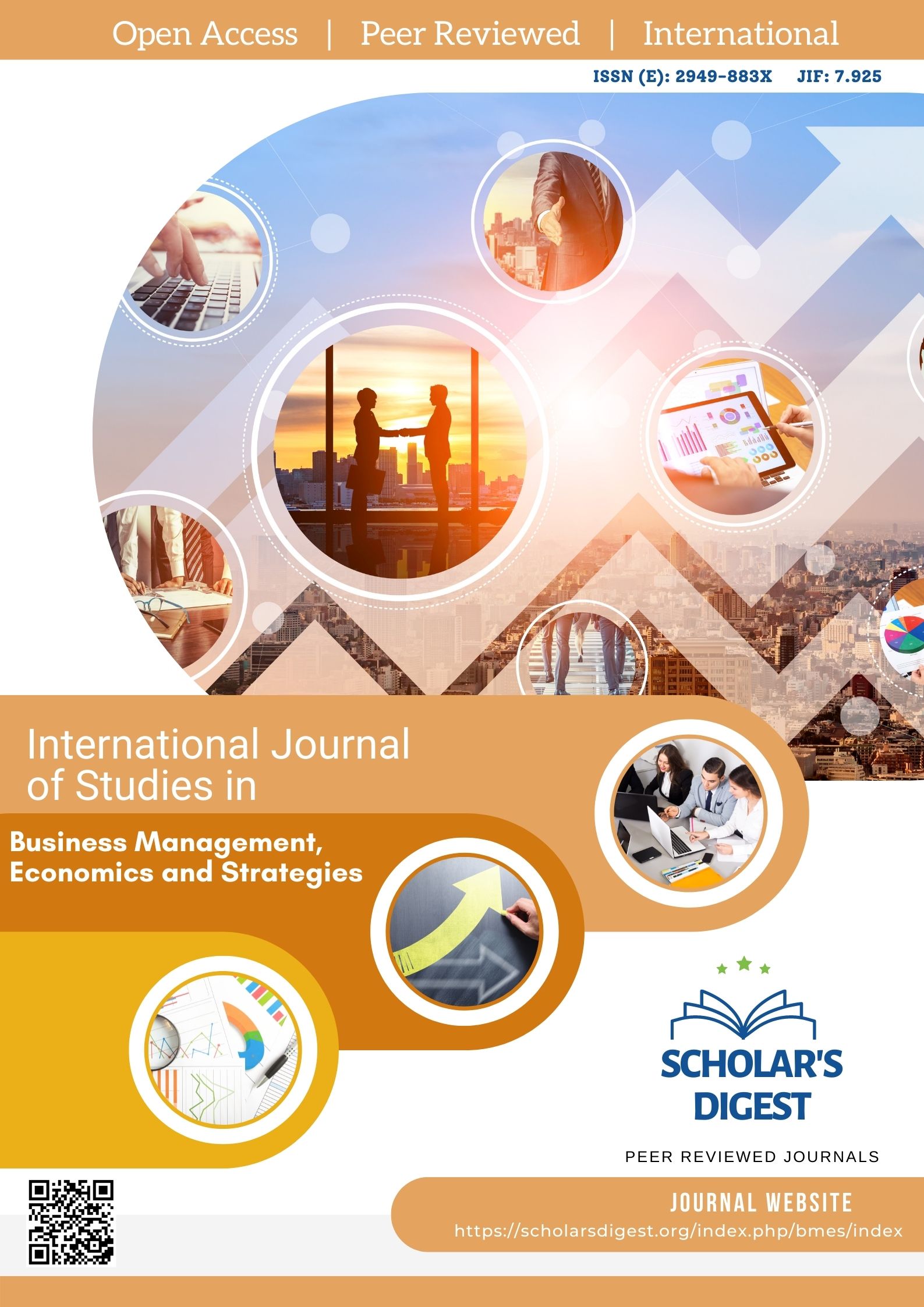THE ROLE OF MONETARY POLICY IN ACHIEVING ECONOMY STABILITY IN IRAQ (2008-2020)
Keywords:
Monetary policies - Economic Stability - Economic Performance -ARDL Model.Abstract
From 2008 to the present, this article examines the significance of monetary policies in achieving economic stability in Iraq. The research begins with a survey of monetary policies theoretical literature, followed by an examination of Iraq's internal and external economic performance from 2008 through 2020. The study then investigates the monetary policies impact on economic growth, utilizing the Autoregressive Distributed Lag (ARDL) approach to investigate both the short-run and long-run relationships. The research uses a variety of data sources to analyse the effectiveness of monetary policies in achieving economic stability in Iraq. In the long term, a one-unit rise in average per capita income correlates to a 0.005 point gain in economic stability, reflecting the need to enhance economic policies performance. A steady or decreasing exchange rate causes an increasing in economic performance, with a one-unit fall in the exchange rate leading to a 0.01-point increase in the rate of inflation. In terms of the impact of exports on economic stability in Iraq, a 1% rise in exports as a proportion of GDP translates to a 0.018-point gain in economic stability. The money supplies, like the rate of interest, has a long-term detrimental impact on economic stability. With the board money and interest rate, the GDP per capita has a detrimental influence on economic stability in the near run.
Downloads
Published
Issue
Section
License

This work is licensed under a Creative Commons Attribution-NonCommercial 4.0 International License.








